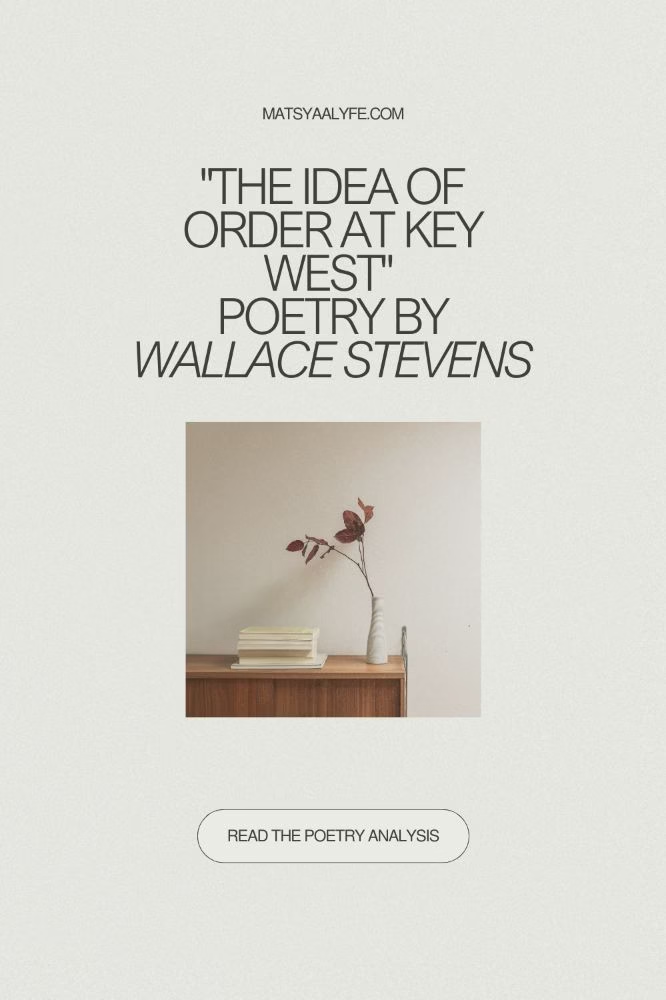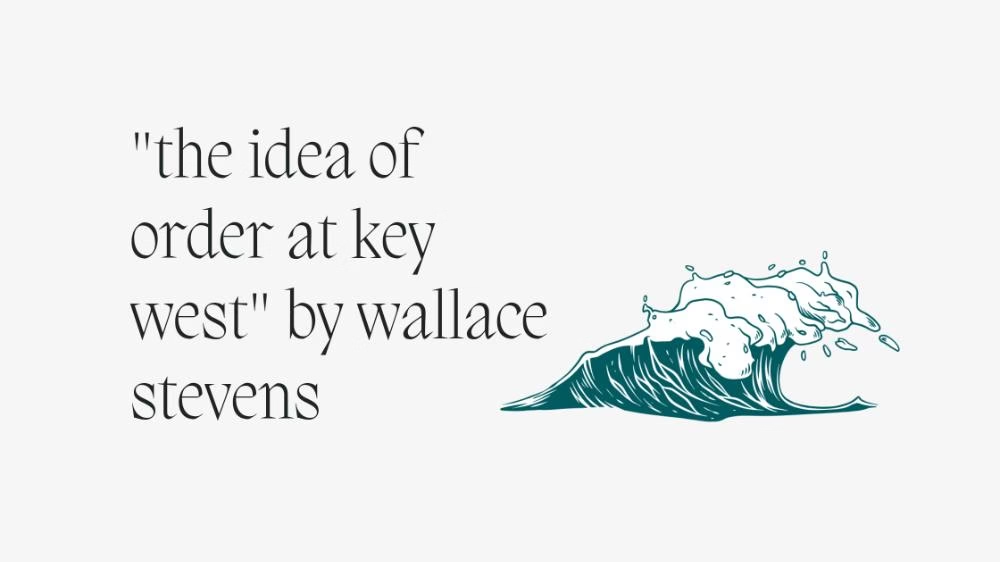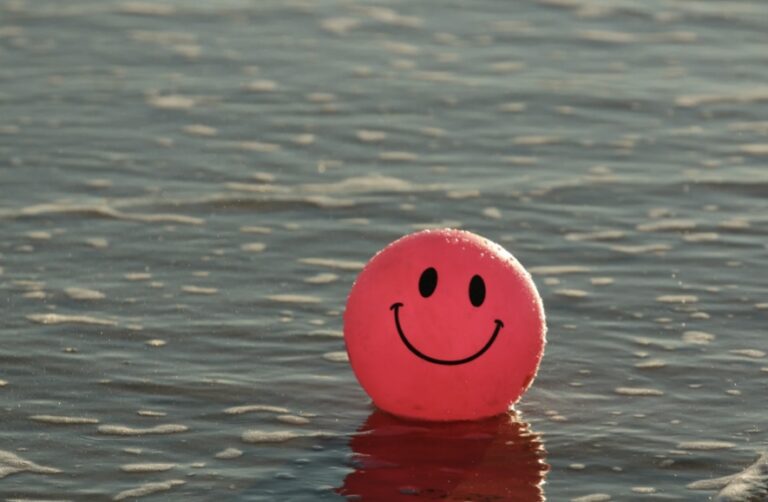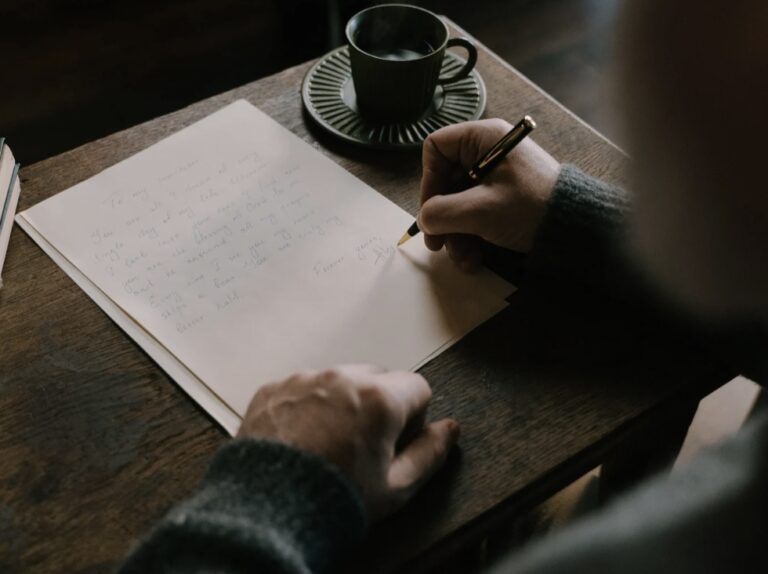“The Idea of Order at Key West”, Poem by Wallace Stevens
If you make a song out of the sound of waves, which of them is stronger?
Wallace Stevens was a modernist poet who wrote The Idea of Order at Key West, a poem about a woman singing at the seaside, as the speaker, with his friend, watches, and finds something worth documenting in her song.
He calls her voice a genius that goes beyond the sea; where the waves made sound but had no mind or voice, she gave meaning to it.
The song and water were not medleyed sound
Even if what she sang was what she heard,
Since what she sang was uttered word by word.
It may be that in all her phrases stirred
The grinding water and the gasping wind;
But it was she and not the sea we heard.
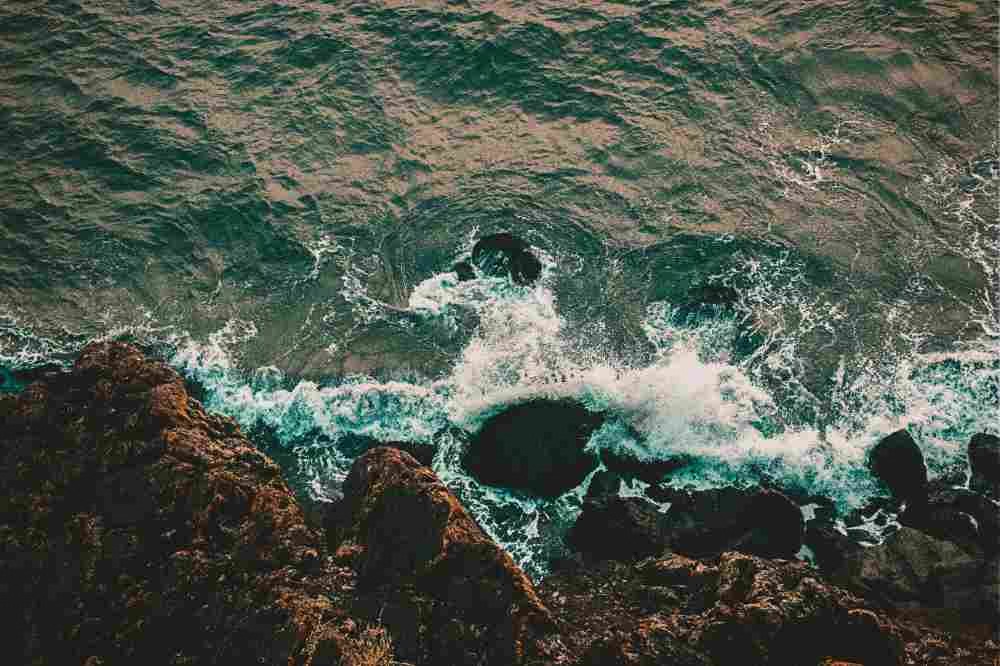
The Idea of Order at Key West Analysis
The main contrast of the poem lies in the irregularity of nature, the raw roar of the waves grinding against the seashore and creating a sound loud and almost sublime in its essence. The woman, representing the humanness that still thrives in the middle of nature, tames the sounds and converts it into art.
Is it the human’s desire to shape nature? To shape our reality, shape our perception, or create it?
Art is maybe not just a reflection of the world, not a mirror, but an opaque canvas that does not show you reality, at least not how you’re used to seeing it.
Art is a canvas and it isn’t polished.
There is a kind of loneliness in creation. The speaker and his friend both look at the woman from afar, but they never talk to her, she never looks at them, we assume. Loneliness comes with creating art. Because you have to go to the end of the world to create something worth it. Sometimes you find that end of the world right inside your own room. Sometimes you don’t.
But there is one thing all artists might agree on unanimously, as surprising as it sounds, and it is that creating art puts a gap between you and the world, even though it might be temporary. That space between you and the world could be physical, or it could be intellectual, or emotional, but it is there.
And for some time, that’s how you want things to be because creating art is only possible when you stop being influenced by all the voices around you and in your ears, and listen to only the one inside of your head.
The sea is chaos. So is nature. It’s wild, untamed, scary, sublime to its truest. The woman by her song does in a way end up moulding that nature, and it’s not just voices but rather…words.
She’s channeling that energy to create something that could be understood by the layperson, not just someone with an ear for it. She’s the medium that nature uses to make itself understood, known, not just heard.
The poem ends with a transformation. Where the speaker once saw chaos and instability in the world, now he found order. Everything seemed to make sense, have coherence; the art of the woman therefore, did not just have a aesthetic purpose, though that was the most important one, but also had, for want of a better word, a didactic one.
The art sought to transform, to change, to evoke passions within the observer. Her ordered singing seeked to find all the disorder in the speaker’s world, and shape it into something he could write a poem about.
This was a short analysis, but the poem is long and beautiful, with a lot to analyze and a lot of technicalities to study. Read The Idea of Order at Key West by Wallace Stevens here. If you liked this short little piece, read more of similar ones here!
- The Remarkable Life of Virginia Woolf and Her Literary Criticism
- Portraying Madness in “The Yellow Wallpaper”
- The Love Story of Orpheus and Eurydice
- Astrophel and Stella, by Philip Sidney (A Writer’s Rant!)
What are you doing with the world? Creating it into art? Taming the waves? Making songs? I’d love to hear about it!
